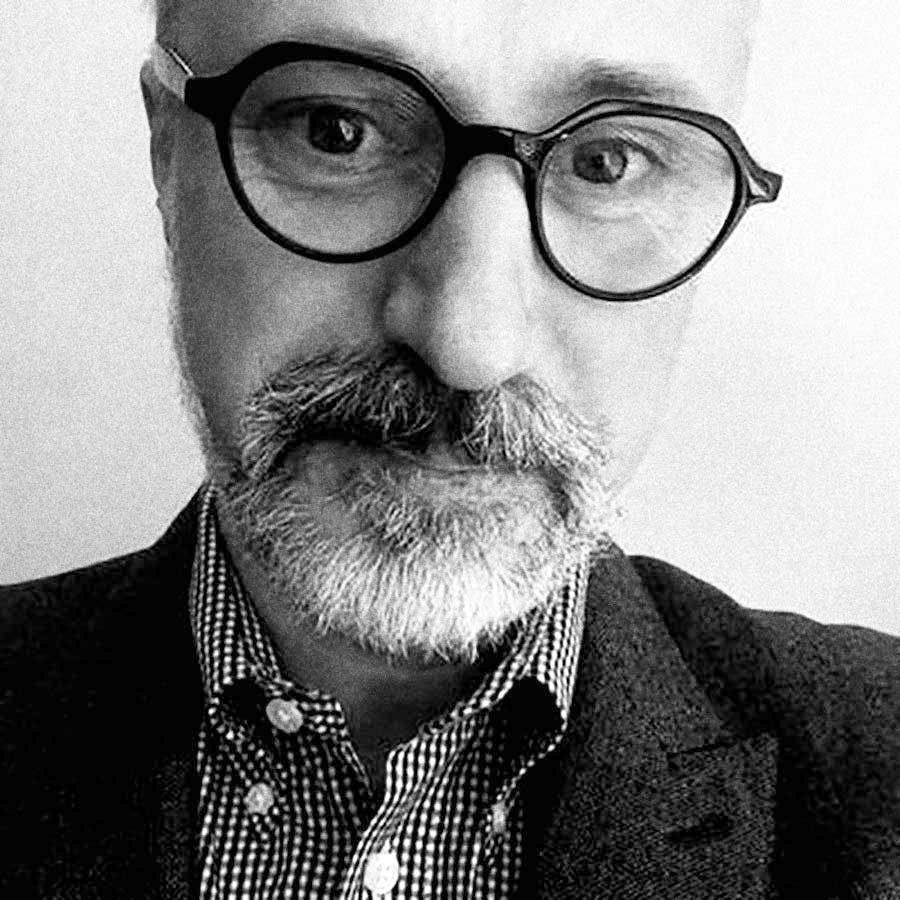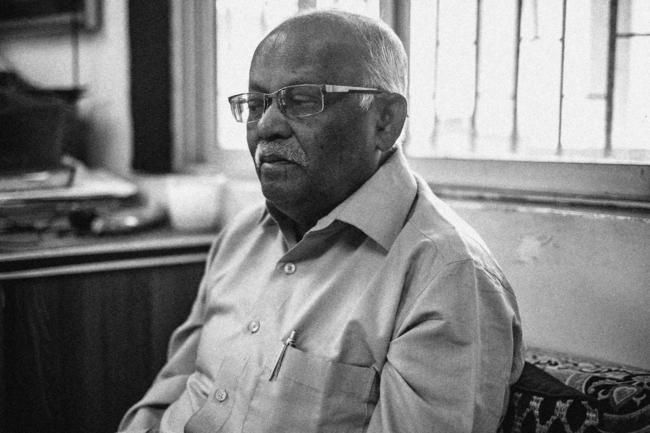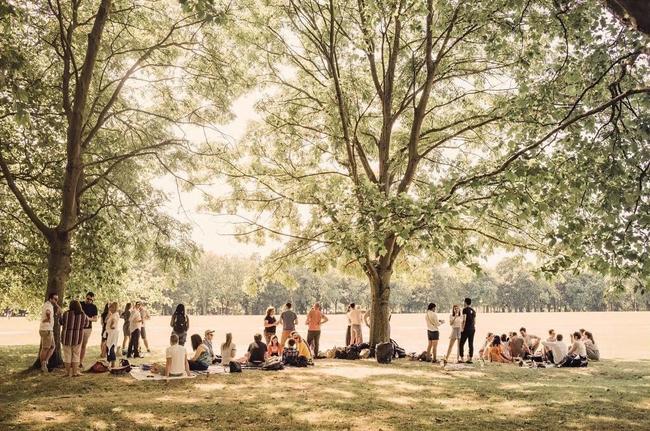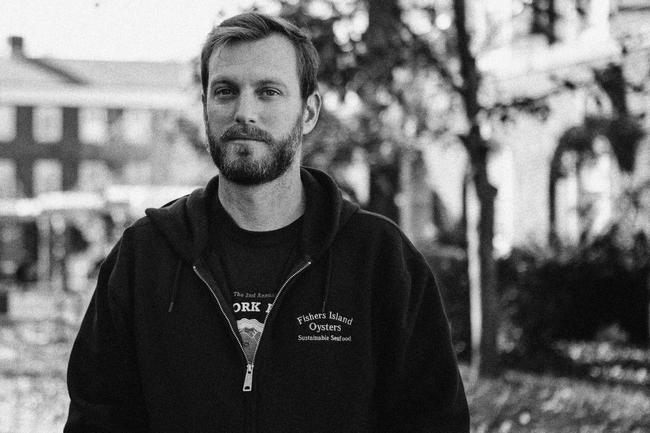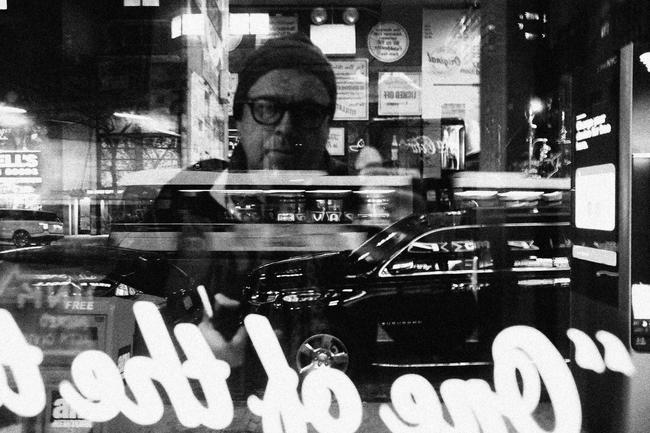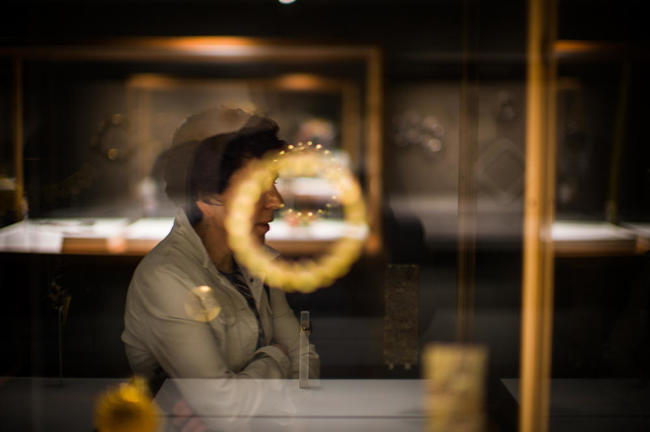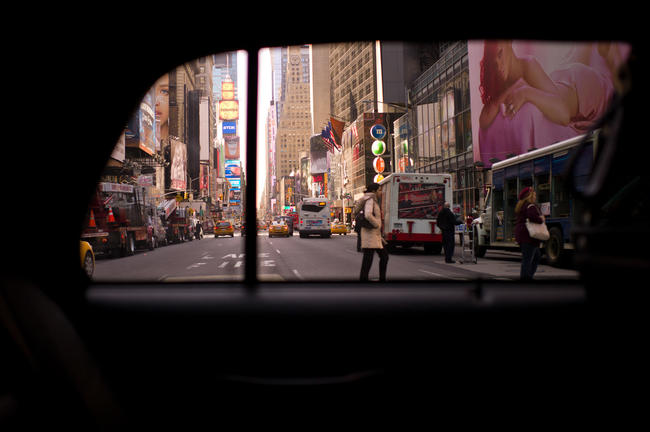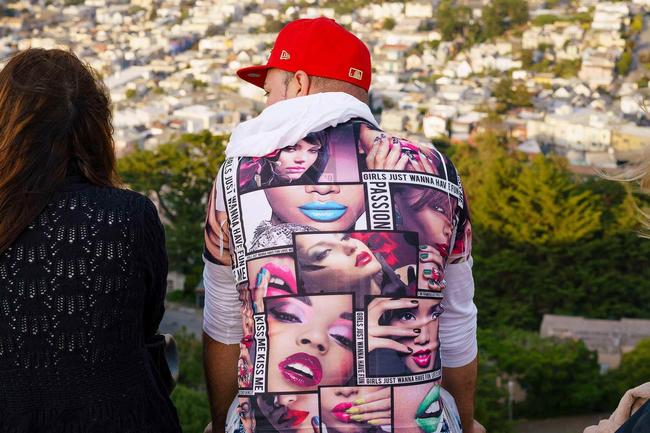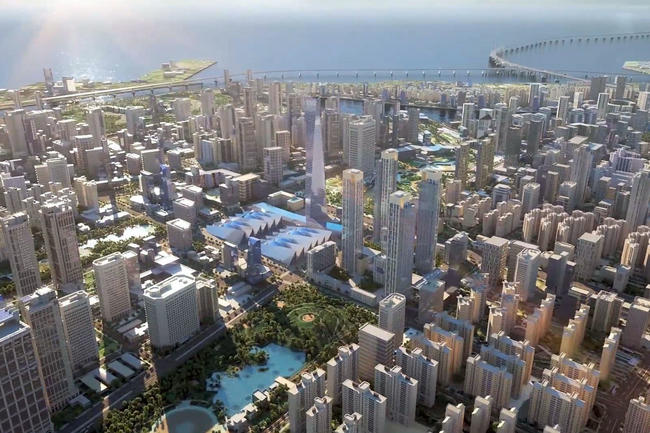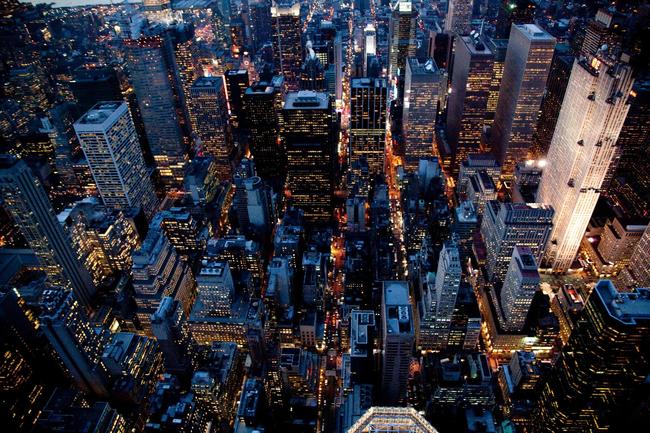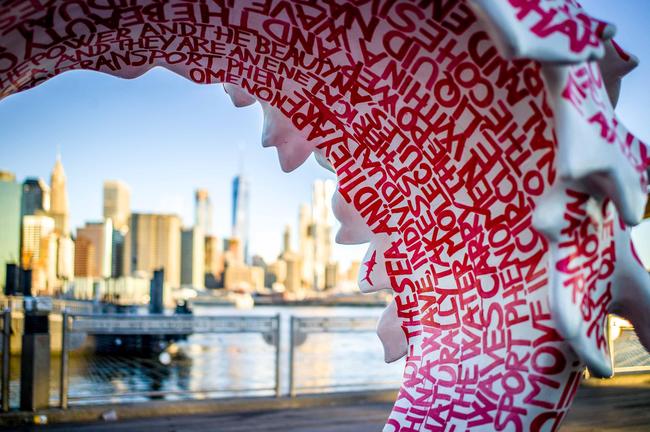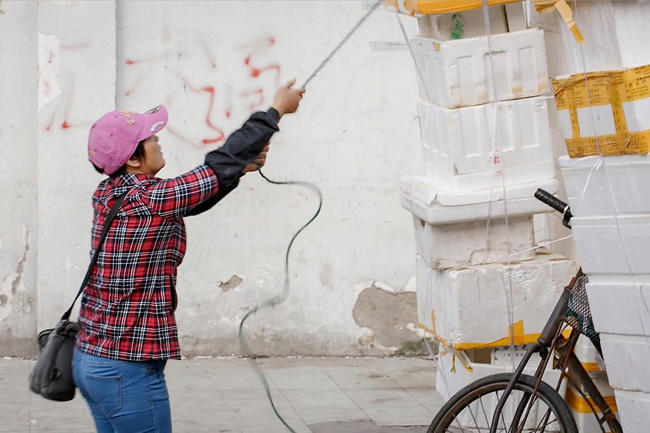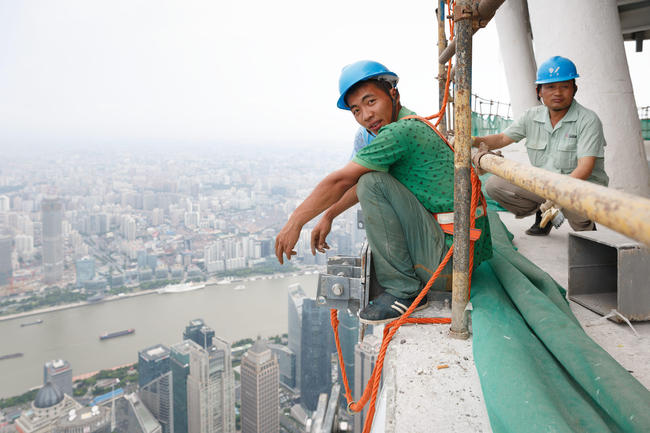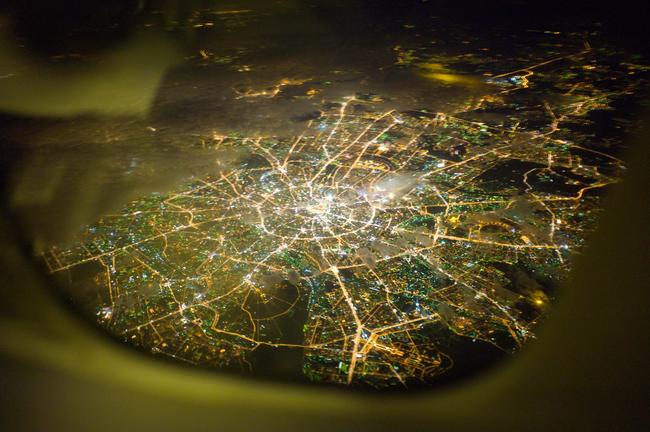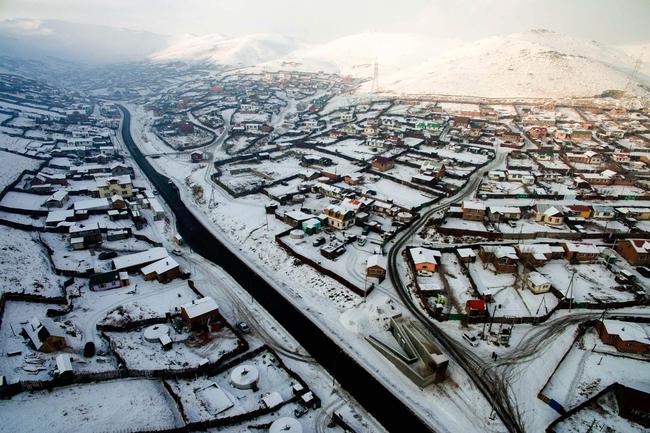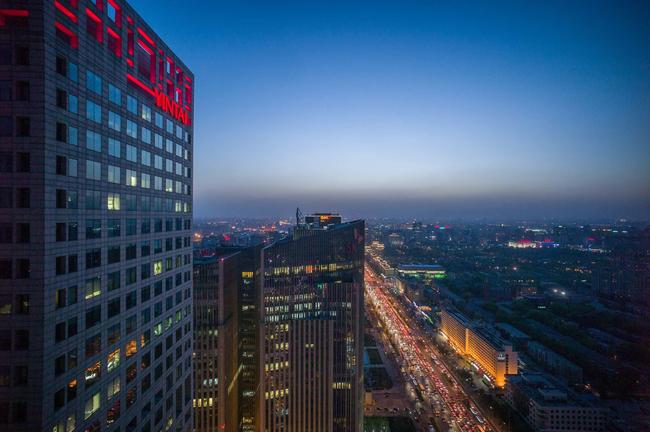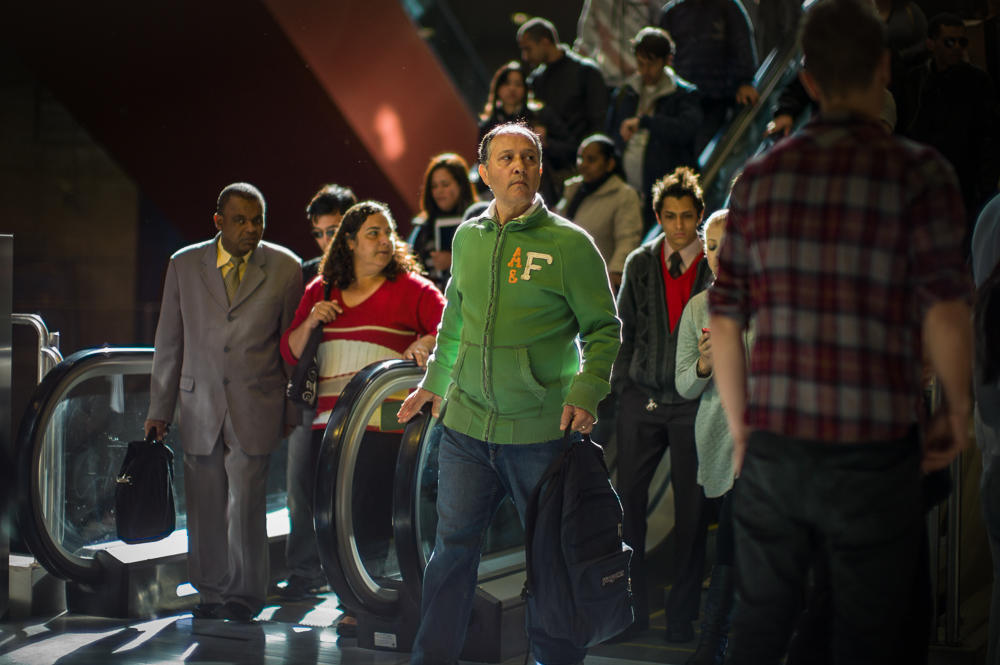
The importance of human communication in cities
It was a rainy day and we were scouting for shoot locations in São Paulo. The project at hand was a global bank of images and we had chosen the Brazilian city because it is one of the few urban areas on Earth where outdoor advertising is curbed and where even corporate logos need to follow strict rules when displayed on facades. It makes for a beautiful skyline. The city is vast with thousands of tall buildings and yet it seems somehow pure, welcoming and open to ideas. A proto metropolis.
Looking out of the window onto the rainy cityscape, it seemed so clear that even though humanity is currently taking more and more control of the planet, it is also still living in elaborate cave systems: mountains of stone and crystal, perched over rolling hills and rivers. We have come a long way since we first discovered how fire can give us access to shelter previously mostly available to bears. But here we are, in the 21st century, creating artificial stone cavities on a massive scale, still cavemen and women, gathering around indoor fires.
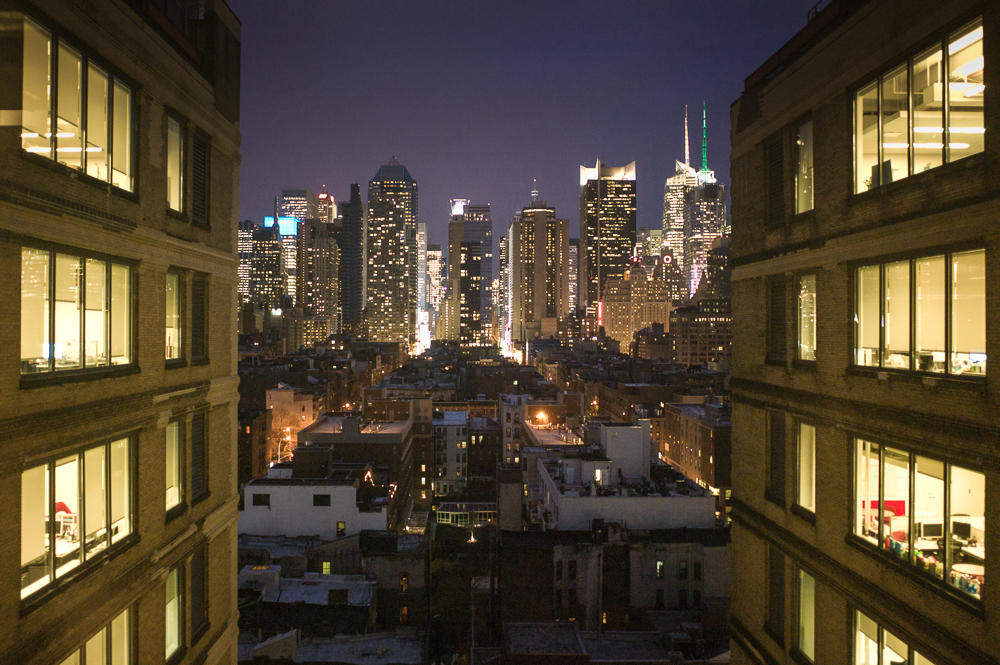
With the industrial revolution and obsession of turning everything into machines, things have grown only more monstrous: steel, electricity and elevators have enabled taller and taller buildings; more of them, and in more places. And yet humans living in them still seem fragile creatures, mostly interested in shelter from storms and wild beasts, whether real, imagined or metaphorical.
While the machine age created more and more individual cells and safe rooms for us, it has not necessarily turned the cave dwellers into completely separate consumers and cogs. Yes, many stories we admire tend to follow the individual hero, and for many of us the perception of reality is quite self-centered. As humanity, we appear to be a larger organism, a social species, craving connection, inclusion and support. And that necessity for interconnectedness is not something regional, we all seem to crave roughly the same human emotions.
I have had the privilege to visit many quite diverse cities around the world. And the fascination with why some places seemed more welcoming and beautiful than others has been ongoing. What is it that makes some cities so inspiring, while others appear to generate a certain level of base stress? What are the elements that made me at home in Munich or Beijing yet slightly on edge in Johannesburg or Rotterdam? Why did a path in a favela above Rio feel so welcoming, even though I was not actually welcome?
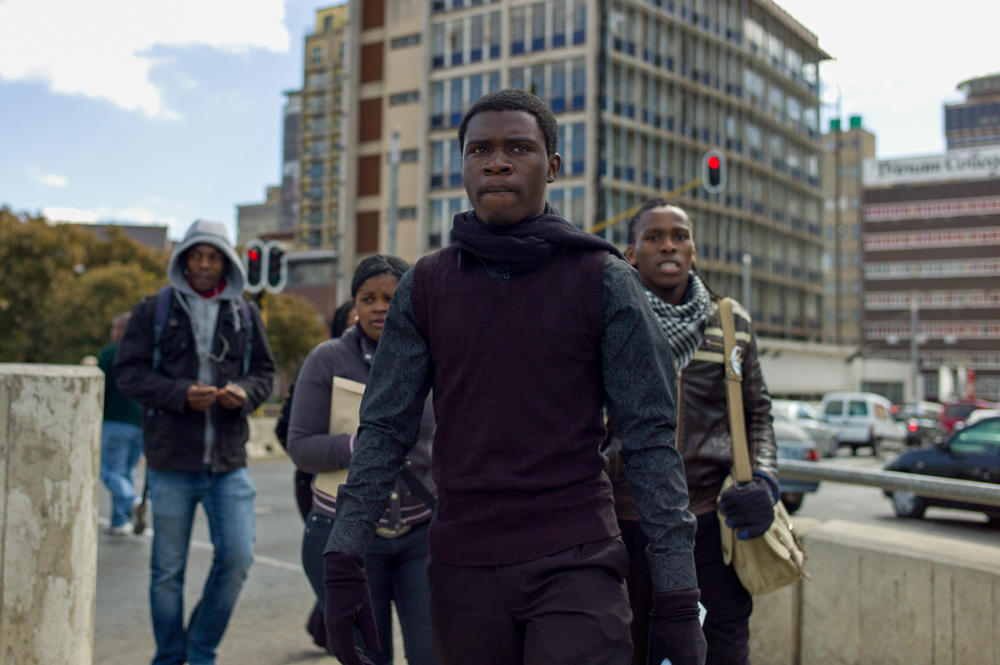
Despite the industrialised world’s adoration of money, some of the wealthiest cities did not seem to be the most inviting or inspiring. And even though we now realise the importance of nature for our daily wellbeing, some of the greenest places were not exactly where I would want to spend the rest of my life.
One of the observations we have touched on a few times here at Tea & Water is the sense of scale and the human-centric design of places and experiences. Communication and the permission of repeated, random, friendly interactions seem not just to be the cornerstones of human friendships and healthy relationships, they seem vital to larger human systems, such as communities and cities. Places where we allow ourselves to connect with others on a peaceful level, often, and in random ways, seem to be more pleasant to us than angry gridlock traffic over a shining metropolis.
Cities designed as grand visions for the automobile often evolve into a bit of a dirty, noisy hell for almost everyone. This does not mean the overpasses of Tokyo or the BQE (the Brooklyn-Queens-Expressway) should be turned into parks, but there are amazing moments in cities when places earmarked for traffic are opened to pedestrians or bicycles. It happens on weekends in São Paulo, for example, when the Minhocão highway is closed to traffic and opens to pedestrians. The highline on Manhattan’s west side is a similar idea, even if differently landscaped. There are a few occasions of this in many places, of course.

Walkability (and that includes wheelchairs) appears to be something incredibly important for the wellbeing of a place. In an era of machine travel and at the eve of autonomous automobiles, some of the most pleasant places are still areas where you can take a stroll and run into random strangers and friends. Yes, we are desperately holding onto the promise that the interconnected devices in our hands will somehow open a sesame of experience to us. But the random conversation with a shopkeeper or the walk down a winding lane past a place of worship beats even the most riveting news story that unfolds on a phone in the backseat of a car stuck in traffic.
We are really good at exploring very complex environments loaded with information at the pace of a stroll. We can obviously operate heavy machinery at blazing speeds too, but reading traffic signs is likely not as satisfying as recognising and caring for the faces of neighbours and friends. Distractions can be deadly when speeding down a highway, yet they can create the meaning of a good life when they happen in a neighbourhood that is safe, calm and designed by people who understand the context. We are on the eve of the era of autonomous vehicle cornucopia, but will human connectedness really be improved by being magically whisked from one place to another in a pod?
Communication between people and ways to improve it seem to be incredibly important for us as a species. And cities that allow for improved connections between us seem to be more inspiring and open. On the other hand, cities designed like giant pumps appear to be less so.

Places where it is easy to talk to people will probably have a higher popsicle index. Cave systems where consumers are fearful of each other and the neighbourhood will likely have a lower one.
What’s needed to improve things does not even seem to take huge amounts of financial investment. When photographer Jørn Tomter moved to Chatsworth Road in east London’s Hackney, he quickly realised the neighbourhood was being pushed away from what it used to be and towards something far more gentrified. He also recognised he was one of the faces of gentrification. Because of people like him moving to the area, there was a good chance a chain store could soon replace the boxing club or a global coffee chain soon take advantage of the great location currently shared by a handicrafts store and a shoe maker.
As a professional photographer, Jørn intuitively began to record what he was in the process of destroying. But while doing so he discovered the neighbourhood was a well-functioning community in balance. It was overflowing with incredible stories, but lacked a mechanism or archivist to share them with newcomers.

And so, Jørn took on that role in a way: he began by opening a pop-up photo studio. Through this he met interesting people who invited him to their shops and homes. He then took the images he had collected and began to publish a free local publication, I Love Chatsworth Road (ILCR), which has turned neighbours into local celebrities. And who wouldn’t want to have their shoes fixed by a man whose story felt so familiar and amazing? Who wouldn’t want to support a sports club that has taught kids valuable moral lessons for decades? The project is incredibly successful in ways that might not be measured in monetary terms. But it is of immense value for the people living in the area, their understanding of the development and the past and the many humans around them.
To walk down a street, feel accepting, accepted and connected are incredibly simple experiences and yet some we probably all crave. The communities we live in today are more plugged into the global information and infrastructure networks than ever before. But the individual experience of gentle, safe, tangible progress seems to be resonating to something very close to happiness since long before we found the first available cave.
We are currently working with Jørn and the local community in Shrewsbury, near the Welsh border, to discover how his (I Love) model of creating human connections through communication and photography can help other communities in transition too. Shropshire is obviously the cradle of the industrial revolution. And the town of Shrewsbury is the very birthplace of Charles Darwin. So the significance feels manifold.
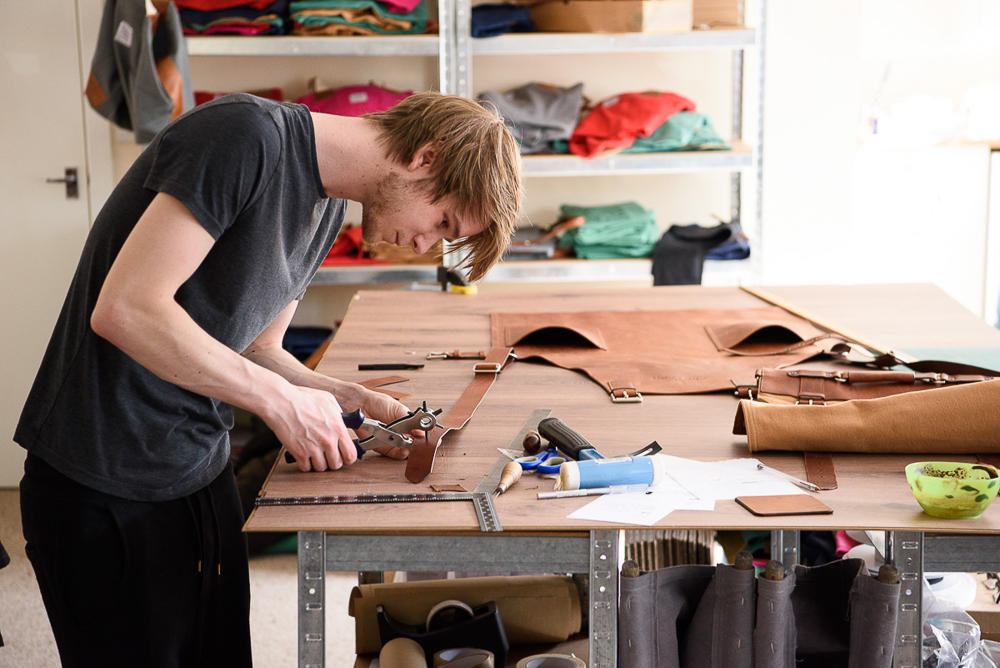
One of the many interesting aspects of the I Love concept is that it focuses purely on communication between people. Jørn is neither a city planner nor an architect. He is not a politician or government representative. What he has managed to create with his project is a layered sense of identity and belonging. A neighbourhood can self-identify and the neighbours in it feel their purpose is being recognised. As storytelling beings, we shape the world with our ideas, as much as our ideas shape the world.
The project should not be misunderstood as a newspaper or magazine. There are obviously excellent publications out there and also many more bad ones. The difference between the I Love Chatsworth Road project and a magazine or newspaper is its purpose. While most publications attempt to profit from the celebrity of people the reader will never meet, Jørn’s project uses a familiar medium to bring neighbours closer together. A classic local publication can perhaps rally an audience to have a certain opinion. I Love Chatsworth Road encourages human interactions.
And this is also why it would not work the same way on some popular social media platforms. Many of the algorithms that drive these environments are built to increase engagement with them, not really to improve offline communication between people. It might feel engaging to spend time responding to messages in a chatroom, but ultimately this is a bit like riding in a self-driving car from one shopping destination to another.
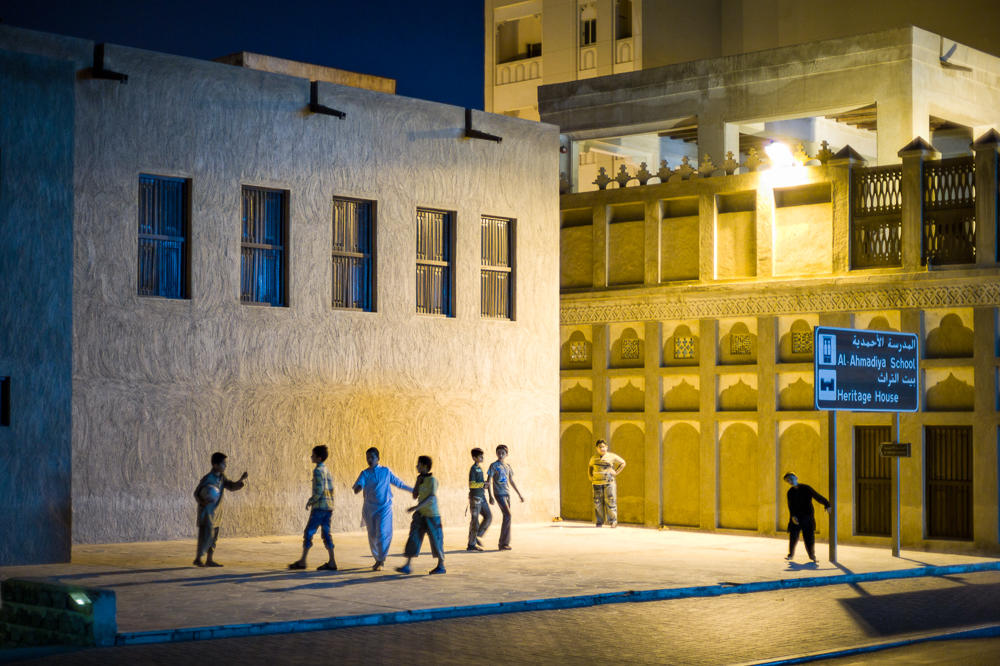
As we enter the next phase of human development on the planet, cities will play a more and more significant role in it. As mayors and their municipal governments become more aware of the significance of the brands they are responsible for, it will become more and more obvious that cities will be fiercely competing for resources, talent, businesses and quality infrastructure. This could become a run-away experiment where a few large urban centres will soon dominate the conversation as magnificently powerful megacities. The danger exists that within these systems only a few might find the balance necessary for fairly sustained happiness.
Now is the time to imagine how projects of a smaller scale and maybe closer to the ground can create desirable urban communities, without taking the oxygen out of places seemingly left behind. The process is certainly not simple. It takes layers of work on all levels to create communities designed to be of human scale and sustainable.
Communication plays a much bigger role in not just the establishment of communities and cities. It is also vital to the ongoing transformation and day-to-day experience of their citizens. We might look at liveability indexes and rankings, longing to perhaps live in Vienna or Melbourne, or at least not in the boring or crowded place we now call home.
But that’s a slightly dangerous point of view and it increases gaps rather than reducing them. We should all think of ways we can improve the balance and sustainability of the very place we inhabit right now.
We at Tea & Water are very interested in helping to make communities better and more sustainable. It is one of our long term goals to support those who want to change the world for the better. And this world is definitely one where more and more people will live in those incredibly elaborate cave systems we call cities.
